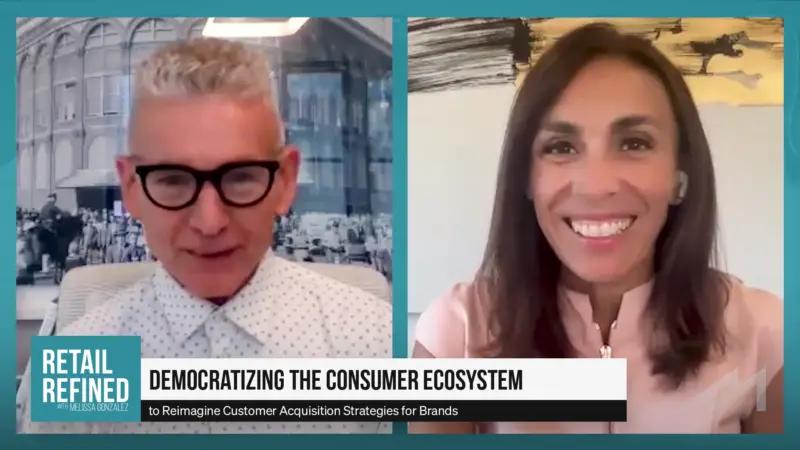How Significant will Augmented Reality’s Impact on Retail Be?
The successful introduction of augmented reality (AR) to brick-and-mortar stores will be very tricky, according to a study by ABI Research. With customers used to the same conventional retail experience, how can AR be implemented seamlessly?
If anything, it seems AR is more likely to simply disrupt customers’ shopping experience than to truly add value to it—if stores make the mistake of using AR to simply show what’s already there. In other words, brick-and-mortar stores shouldn’t make the mistake of offering what online stores, which cannot allow customers to physically interact with the products, must.
Does that mean there is no place for AR in a brick-and-mortar store? Of course not. Target, for example, recently introduced the Target Beauty Studio, which it developed with Perfect’s YouCam Makeup app. The Studio allows customers to use AR to see how they look in different styles of makeup. That way, makeup brushes aren’t going from person to person, for example, and actual products won’t have to be wasted by customers who do not ultimately make a purchase. Customers will also be able to try many more different colors and styles at a sitting, making the overall experience more efficient.
The use of value-added AR will certainly find its place in brick-and-mortar stores over the years as people learn what works. As PYMNTS reports, “ABI predicts that by 2022, over 120,000 stores will be using AR smart glasses globally,” with AR experiences likely generating 3 percent of all eCommerce revenue by 2020.
For Brick-and-Mortar stores to keep up, they will have to find a place for AR. What we’re already learning, though, is that simply copying what works with eCommerce won’t work when shopping offline.








